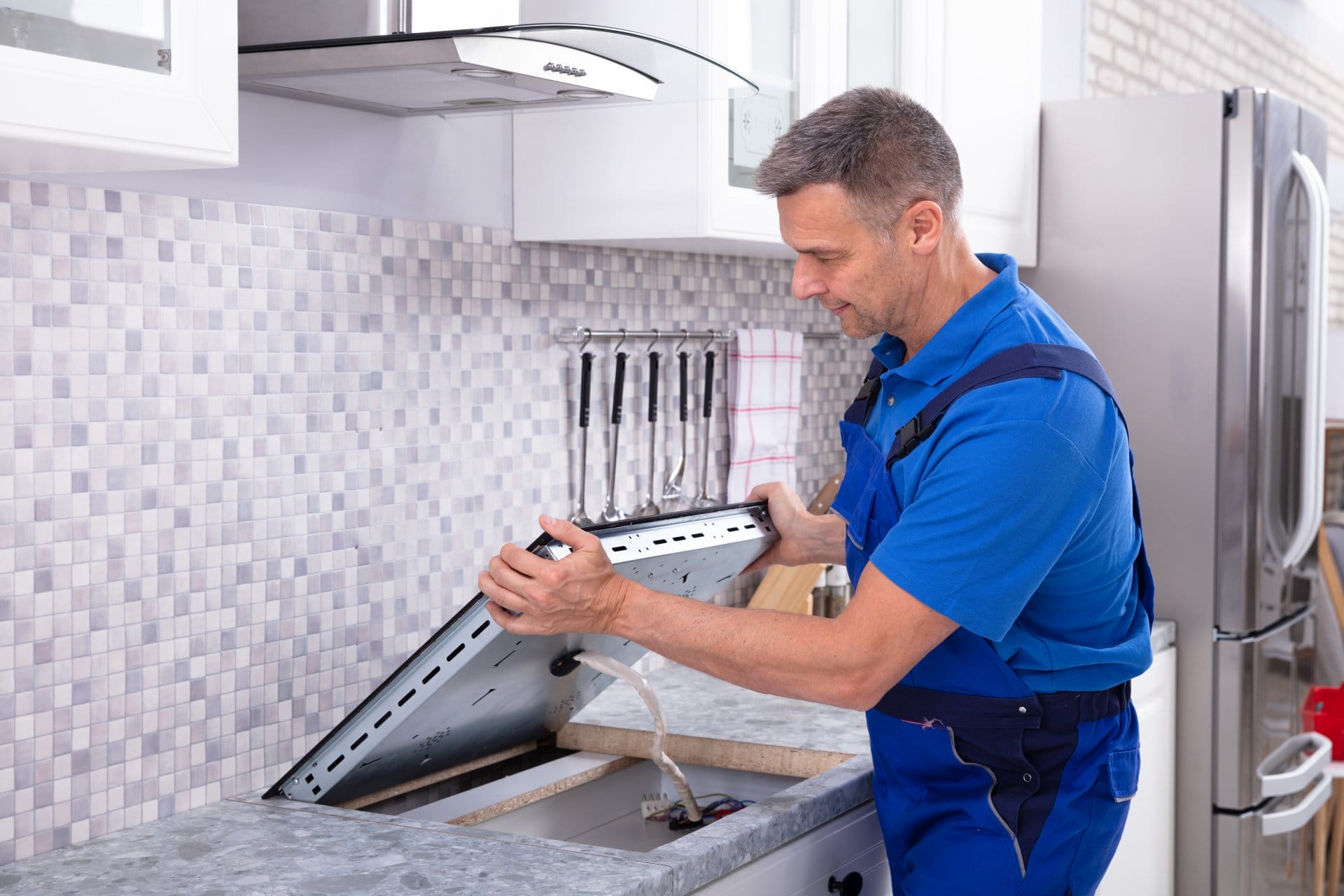What Are the Order of Steps I Need to Take To Remodel My Maryland or Washington DC Kitchen?
You’ve decided it’s time to give your kitchen a facelift. Great! Remodeling a kitchen can be a fun and rewarding experience, but it’s also a big project. Where do you start?
At their core, kitchen remodels have an order of four basic steps: design, demolition, construction, and installation. The demolition and construction phases often take up the bulk of the time and work. More complex remodels might have additional steps but these four are the essentials.
With that in mind, let’s go through the steps.
Step Zero: Establish Wants and Needs
Before the first step formally begins, however, you’ll have to figure out what you want and need first. What are your must-haves? Do you want a new island? A bigger refrigerator? More storage space?
Once you know what you want, it’s time to establish some boundaries. How much are you willing to spend? What’s the minimum amount of work you’re willing to do yourself?
These questions will help guide the rest of the remodel process.
1. Design Your Kitchen

The design phase is where the fun begins. This is when you get to play around with ideas and figure out what will work in your space. There are a lot of factors to consider during this phase, from the layout of your kitchen to the materials you want to use.
Things like the placement of your appliances, the height of your counters and cabinets, and even the color scheme will all have an impact on the final design.
If you’re not sure where to start, there are plenty of resources out there like magazines, websites, and even kitchen design software. Draw inspiration from pictures and designs that you like, then figure out how to make them work in your own space.
Once the design is finalized, it’s time to move on to demolition.
2. Knock it Down
Before any construction can take place, all the old materials in your kitchen need to come out. This includes cabinets, countertops, appliances, and anything else that’s in the way.
If you’re doing a major remodel, you might want to consider hiring a professional that knows their way around a kitchen. They’ll have the tools and experience necessary to get the job done quickly and safely.
If you’re doing a smaller renovation, you can probably manage most of the demolition yourself. Just be careful when removing sharp edges and heavy materials.
3. Build it Up
Now that the old materials are gone, it’s time to start building the new kitchen. This is where things can get tricky, especially if you’re not familiar with construction work.
Basic Structural Kitchen Work
Kitchen remodels often involve structural work, like moving load-bearing walls or adding new windows. Framing and drywall installation are also common tasks during this phase.
Installing the Kitchen’s “Guts”
Rough-in is the next phase of construction, and it’s when all the essential plumbing, electrical, and gas lines are installed. This is a critical step in the process, so it’s important to make sure everything is done correctly.
Finishes Where Necessary
Apart from the appliances and cabinets, everything else that has been removed or demolished is replaced with their newer counterparts. This includes the flooring, the walls, and the ceiling.
4. Install the Whole Kit and Caboodle

All that’s left now are your cabinets, appliances, and plumbing. If the remodel has gone on smoothly so far, then snapping these all together shouldn’t take too long.
Cabinet and Countertop Installation
Countertops are usually installed before the cabinets. This is because they need to be cut to size and fit around any obstacles, like plumbing fixtures or electrical outlets.
After the countertops are in place, the cabinets can be hung. Most kitchen cabinets are pre-assembled, which makes this part of the process a little easier.
Times when overhead cabinets come before countertops usually involve special circumstances like an uneven ceiling.
Appliance and Plumbing Installation
Time to mate the appliances with all the wires sticking out of the walls. This is where your dishwasher, stove, and fridge get hooked up to water and power.
Sink installation comes next, followed by the rest of the plumbing fixtures. This includes things like faucets, soap dispensers, and towel racks.
Finishing Touches
Once all the big pieces are in place, it’s time to add the finishing touches. This can include things like installing trim and hanging light fixtures.
All that’s left is a little cleanup, and your new kitchen will be ready to use.
Kitchen Walk-Through

While your kitchen remodel is technically complete, it’s still a good idea to do a final walk-through to make sure everything is working properly. This includes checking the water pressure, the electrical outlets, and the plumbing fixtures.
It’s also a good time to make sure all the finishes are up to snuff. Are the walls and ceilings smooth? Is the trim properly installed? Are the light fixtures working?
If everything looks good, then congratulations! You’ve just completed a kitchen remodel.
The Takeaway
Getting a kitchen remodel done right and on time is a lot of work. But by following these steps, you can make the process a little easier.
If you’re not comfortable with any of the construction work, consider hiring Winthorpe Design & Build. From design to construction and everything else in between, we can help make your kitchen remodel a success.
Reach out to us through our new process, and we can start working on your dream kitchen.





